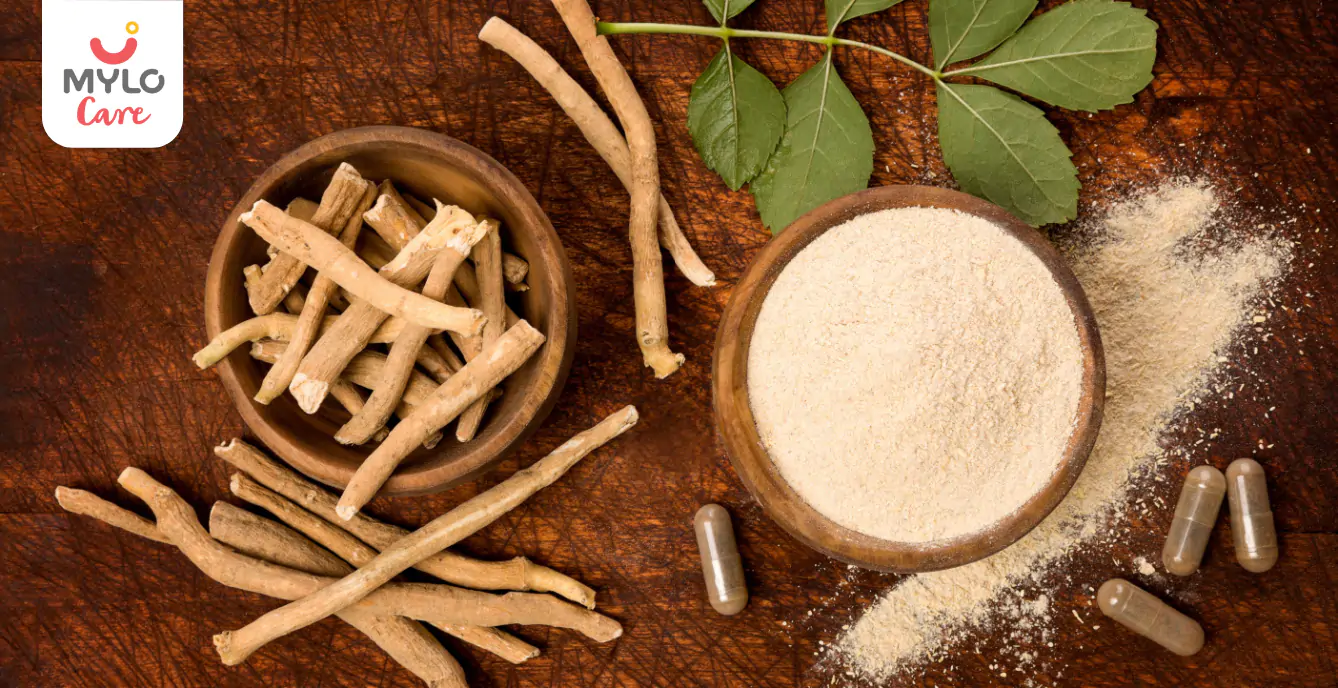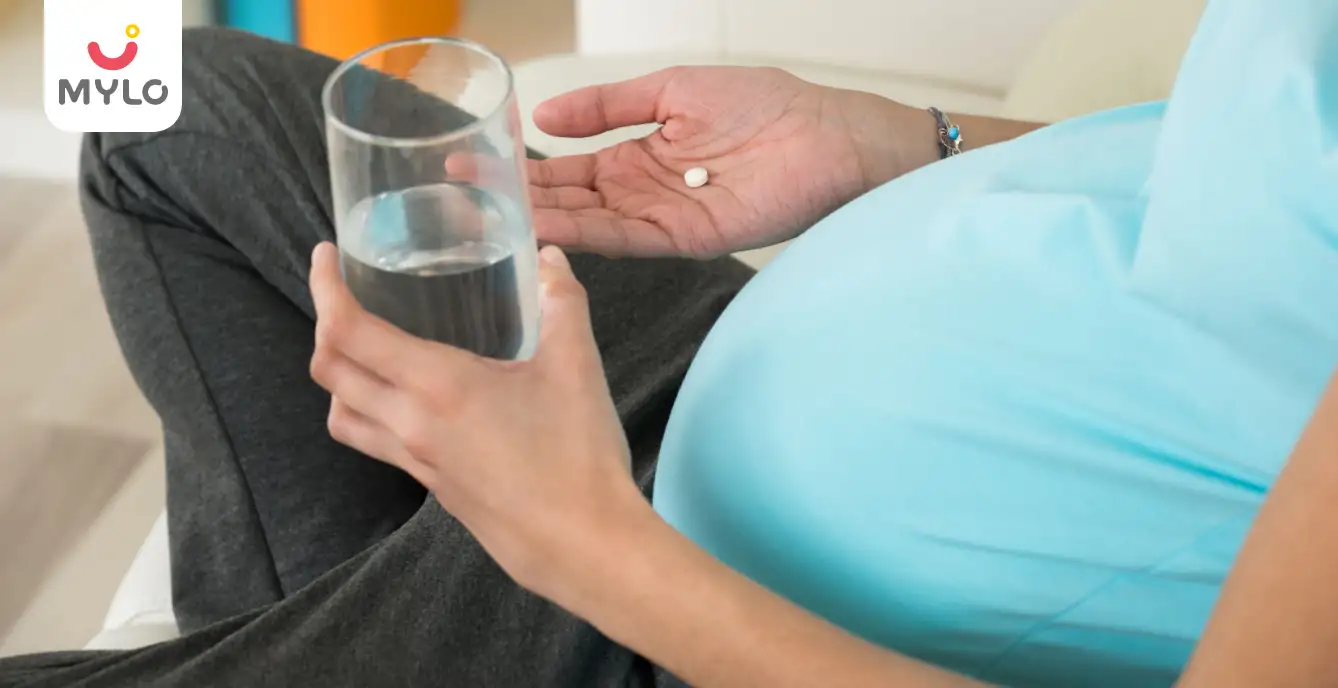
VIEW PRODUCTS
Article Continues below advertisement
- Home

- Sudden Infant Death Syndrome (SIDS): Meaning, Causes & Prevention
In this Article
Baby Care
Sudden Infant Death Syndrome (SIDS): Meaning, Causes & Prevention
Updated on 27 February 2024
Article Continues below advertisement
Sudden Infant Death Syndrome (SIDS) is a tragic and mysterious occurrence that has puzzled medical professionals and parents for decades. In this article, we will delve into the meaning of SIDS, explore its potential causes, and discuss crucial prevention strategies to help parents and caregivers safeguard their infants. Understanding SIDS is essential for promoting infant health and ensuring a safe sleeping environment for babies.
What is Sudden Infant Death Syndrome?
Sudden infant death syndrome (SIDS), also known as cot or crib death, is the sudden and unexplained death of an apparently healthy baby under the age of 1. Most SIDS deaths occur when the baby is asleep and during the first six months of life. It is a leading cause of death in infants and continues to be a major concern for parents and healthcare professionals worldwide due to its elusive nature.
You may also like: Baby Sleep (Infant Sleep): What to Expect & Tips
Sudden Infant Death Syndrome Causes
As of now, the exact cause of SIDS remains unknown. However, there are certain factors associated with SIDS in babies.
According to experts, SIDS occurs at a specific stage in a baby’s development and babies exposed to certain environmental stress can be affected by the SIDS disease. Environmental stress could include tobacco smoke, suffocated bedding, breathing obstruction or a minor illness.
Article continues below advertisment
Babies who die from SIDS are thought to have problems in their response to these stresses and how their heart rate, breathing and temperature is regulated.
Additionally, babies born prematurely or with low birth weight may also be vulnerable to SIDS disease.
You may also like: Infant Choking: Prevention & Causes
Who is at risk for SIDS?
Most SIDS deaths occur among babies between 1-4 months old, especially during the winter. Babies have a higher risk of SIDS if:
-
the mother smoked, drank or used drugs during pregnancy and after birth
Article continues below advertisment
-
the mother received poor prenatal care
-
the mother was younger than 20 when she gave birth
-
the baby was born prematurely or at a low birth weight
-
there's a family history of SIDS
-
the baby is exposed to tobacco smoke
Article continues below advertisment
-
the baby gets overheated, sleeps on a soft surface with loose blankets and pillows or in the parent’s bed
You may also like: How to Establish Good and Effective Baby Sleep Habits?
What can I do to aid in the prevention of SIDS?
Here are a few things you must keep in mind to prevent SIDS in babies:
-
Always place your baby in the “feet to foot” position, meaning their feet should touch the end of their cot or crib
-
Don’t cover your baby’s head with a blanket, it should be tucked till the shoulders only
Article continues below advertisment
-
Place your baby’s crib in your room for the first 6 months
-
Your baby’s crib mattress should be firm, flat and waterproof
-
Breastfeed your baby as it can lower the risk of death by up to 50%
-
You must not smoke during pregnancy or let anyone near your baby smoke before and after birth
-
Avoid sleeping on the same bed, sofa or armchair with your baby
Article continues below advertisment
-
Avoid sharing a bed with your baby if you or your partner smoke or take drugs, have consumed alcohol recently or your baby was born prematurely or at a low birth weight
-
Provide a comfortable sleeping environment for your baby and maintain a room temperature of 16-20 degrees Celsius
You may also like: 10 Useful Baby Care Tips for New Parents
Why is sleeping on stomach dangerous for babies?
SIDS in babies is more likely to occur if the baby is placed on their stomach while sleeping. Babies should also not be placed on their sides as they can easily roll from their side to their belly during sleep.
According to some researchers, sleeping on the stomach may block the airways of babies. Additionally, babies sleeping on their stomachs are more likely to breathe their own exhaled air, which can cause their oxygen levels to drop and carbon dioxide levels to rise.
Article continues below advertisment
It is recommended that all babies should be placed on their backs while sleeping for the first year of life. Once babies are able to consistently roll over from back to belly and belly to back, they can sleep in whichever position they choose.
What does "Safe to Sleep" mean?
The Safe to Sleep campaign reminds parents to put their babies to sleep on their backs and maintain a safe sleeping environment. They can follow the below steps to make sure their baby is safe to sleep:
-
Placing the baby on a firm, flat mattress instead of a pillow, waterbed, couch or any other soft surface
-
Covering the mattress with a fitted sheet and keeping soft objects, bedding out of the area
-
Avoiding bumper pads in the crib as they can cause suffocation or strangulation
Article continues below advertisment
-
Sharing the room with the baby without sharing the bed
-
Breastfeeding as it can reduce the risk of SIDS in babies
-
Avoiding overheating, overdressing and over-bundling the baby
-
Staying away from smoking, alcohol and drugs during pregnancy and after birth
-
Ensuring the baby gets all the recommended vaccinations
Article continues below advertisment
You may also like: Most Important Vaccines for Indian Babies: Here's the Complete Chart
Seeking medical attention if your baby is ill
Babies often suffer from minor illnesses that parents need not worry about. However, if you’re worried about your baby or they’re taking too long to recover, seek medical advice.
Call a doctor or ambulance immediately if your baby:
-
Stops breathing or starts to turn blue
-
Is struggling for breath
Article continues below advertisment
-
Is unaware of their surroundings or unconscious
-
Does not wake up
-
Has a fit for the first time
Final Thoughts
In conclusion, Sudden Infant Death Syndrome (SIDS) remains a distressing and enigmatic occurrence that poses a significant threat to the well-being of infants. Through our exploration of the meaning, potential causes, and prevention strategies of SIDS, it is evident that raising awareness and implementing safe sleep practices are crucial in reducing the risk of SIDS.
References
Article continues below advertisment
1. Vincent A, Chu NT, Shah A, Avanthika C, Jhaveri S, Singh K, Limaye OM, Boddu H. (2023). Sudden Infant Death Syndrome: Risk Factors and Newer Risk Reduction Strategies. Cureus.
2. Jullien S. Sudden infant death syndrome prevention. (2021). BMC Pediatr.



Written by
Anupama Chadha
Anupama Chadha, born and raised in Delhi is a content writer who has written extensively for industries such as HR, Healthcare, Finance, Retail and Tech.
Read MoreGet baby's diet chart, and growth tips

Related Articles
Related Questions
Hello frnds..still no pain...doctor said head fix nhi hua hai..bt vagina me pain hai aur back pain bhi... anyone having same issues??

Kon kon c chije aisi hai jo pregnancy mei gas acidity jalan karti hain... Koi btayega plz bcz mujhe aksar khane ke baad hi samagh aata hai ki is chij se gas acidity jalan ho gyi hai. Please share your knowledge

I am 13 week pregnancy. Anyone having Storione-xt tablet. It better to have morning or night ???

Hlo to be moms....i hv a query...in my 9.5 wk i feel body joint pain like in ankle, knee, wrist, shoulder, toes....pain intensity is high...i cnt sleep....what should i do pls help....cn i cosult my doc.

Influenza and boostrix injection kisiko laga hai kya 8 month pregnancy me and q lagta hai ye plz reply me

Related Topics
RECENTLY PUBLISHED ARTICLES
our most recent articles

Periods
Period After Abortion: What to Expect About Timing, Duration and Frequency
Daily Care Tips
Thumb Sucking: How to Help Your Child Break the Habit

Women Specific Issues
The Ultimate Guide on How to Shrink Ovarian Cysts Naturally

Conception
Ashwagandha Benefits for Female & Male Fertility: How This Ancient Herb Can Help You Conceive

Swaddling
What are the 12 things that parents can do with their baby in the first 12 months?

Medications
The Lowdown on Cetirizine in Pregnancy: A Must-Read for Expecting Moms
- The Ultimate Collection of Paheliyan with Answer for Kids
- The Ultimate Collection of Arabic Baby Names and Their Meanings
- The Ultimate Guide to Abdominal Pain After Abortion Causes and Care
- 17 Foods to Avoid While Breastfeeding: The Ultimate Guide for New Moms
- Ovulation Kit 101: A Beginner's Guide to Tracking Fertility & Maximizing Your Chances of Conception
- Is Breast Pain after Abortion Normal? What You Need to Know
- Twin Pregnancy: Signs, Types & Risks
- Chasteberry Benefits: The Natural Remedy You Need for Infertility, Hormonal Imbalance, and PMS
- The Ultimate Guide to Planning the Perfect Baby Shower
- The Ultimate Collection of Sanskrit Baby Boy Names
- 50+ New Born Baby Wishes to Congratulate New Parents
- The Ultimate Collection of Baby Girl Names in Sanskrit
- First Period After C Section: How Long Does It Last
- Introducing Solid Foods to your 6-month-old Baby? Here is a complete Food Chart along with some Nutritious Recipes

At Mylo, we help young parents raise happy and healthy families with our innovative new-age solutions:
- Mylo Care: Effective and science-backed personal care and wellness solutions for a joyful you.
- Mylo Baby: Science-backed, gentle and effective personal care & hygiene range for your little one.
- Mylo Community: Trusted and empathetic community of 10mn+ parents and experts.
Product Categories
baby carrier | baby soap | baby wipes | baby shampoo | baby lotion | baby powder | baby body wash | stretch marks cream | stretch marks oil | baby cream | baby massage oil | baby hair oil |



